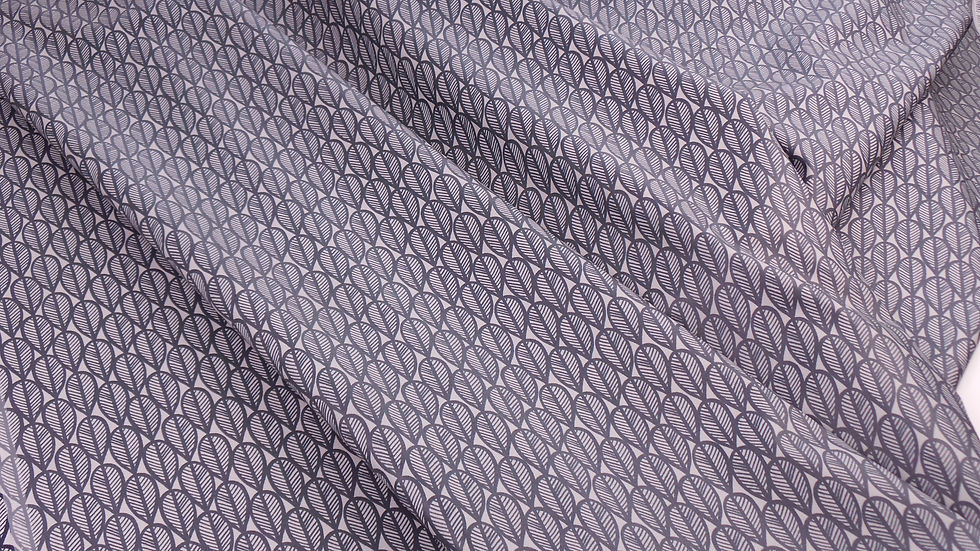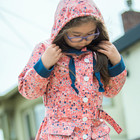Sewing with Laminates
- Anna Phillips
- Feb 7, 2019
- 3 min read
As the beautiful new collection of Cloud9 matte laminates have just arrived in store I thought I would take the oppertunity to have a talk about the things you can make using laminated fabrics and how you go about sewing with them.
If you've never sewn with laminated fabrics before, they can seem a little daunting but really once you know the do's and don't of sewing with laminates it really isn't that hard and a whole new range of sewing projects is opened up to you.
The waterproof nature of lamintes enables you to make items you can't make with a lot of other fabrics such as raincoats, shower caps, waterproof aprons, wash bags, tote bags, beach bags, table cloths, bibs, changing mats, childrens messy play aprons, even umbrellas and with the beautiful new laminate collection by Cloud 9 you're going to want to make them all.
Now that you're tempted, how do you sew with laminates? Well, here's a few tips and tricks to help you take the plunge.
Make sure the project you are using your laminated fabrics for is appropriate. Laminates are not washable, you can wipe them clean but you can't stick them in the washing machine. Laminates also don't drape so simple shapes and designs are where these work best.
Laminted fabrics tend to stick to your sewing foot and sometimes to the needle plate. Most patterns that use laminates, use top stitching which reduces the chance of the fabric sticking to the needle plate but can still cause it to stick to the foot. The easiest way to solve this problem is to use a teflon foot which can slide over the fabric. These are usually about £10-£12 for a genuine brand one and are available from most sewing machine manufacturers.
Here's mine for my Brothers sewing machine.
If you don't fancy splashing out on a new teflon foot, a cheaper alternative is placing scotch tape on the needle plate (avoiding the feed dogs) and on the underside of you normal foot. This prevents the fabric sticking, however, it's best used as a short term fix as you may have to keep reapplying and that's going to get annoying and that's not what we're here for. If you do have to sew with the laminated side of the fabric to the needle plate, and don't have a non-stick one, you can sew with tissue paper between your fabric and needle plate. Just tear the tissue paper away when you're done.
Make sure you use a brand new sharp needle, a size 12 or 14 would work well alternately you can use a jeans needle. No special thrread is needed for laminates, a decent 'sew all' thread will work fine. Do, however, increase your stitch size. If your stitch size is to small it can weaken the fabric so go for a stitch length of about 3mm, shortening the stitches for tight turns and curves.

Avoid using pins when sewing with lamintes, any holes you make are permanent. When cutting out don't pin your pattern to the fabric, use fabric weights and draw round the fabric then cut it out. You can also use sticky tape to hold things in place, just be sure to check it won't leave any residue before you go mad with the tape. For seems or binding you can use wonder clips to hold your fabric in place. Bulldog or paper clips might be a cheaper alternative but make sure these aren't going to leave marks or dents on your fabric before using them.
Laminated fabric does not fray so it's not alway necessary to finish your edges. You could use pinking shears instead to create a nice finish.
If creating an item that needs to be water proof such as a raincoat, seal up the seams using seam sealing tape.
Do not iron the laminated side of the fabric, this will damage the fabric and your iron. Avoid putting creases in your fabric by keeping it rolled up instead of folded. If you do need to get rid of wrinkles, use your hair dryer on a cool setting.
As I could not resist making something for myself with these gorgeous new fabrics I decided to make the Laminate Shower Cap by Catherine Zebrowski. It was great fun and would make a good first laminates project.

































Comments